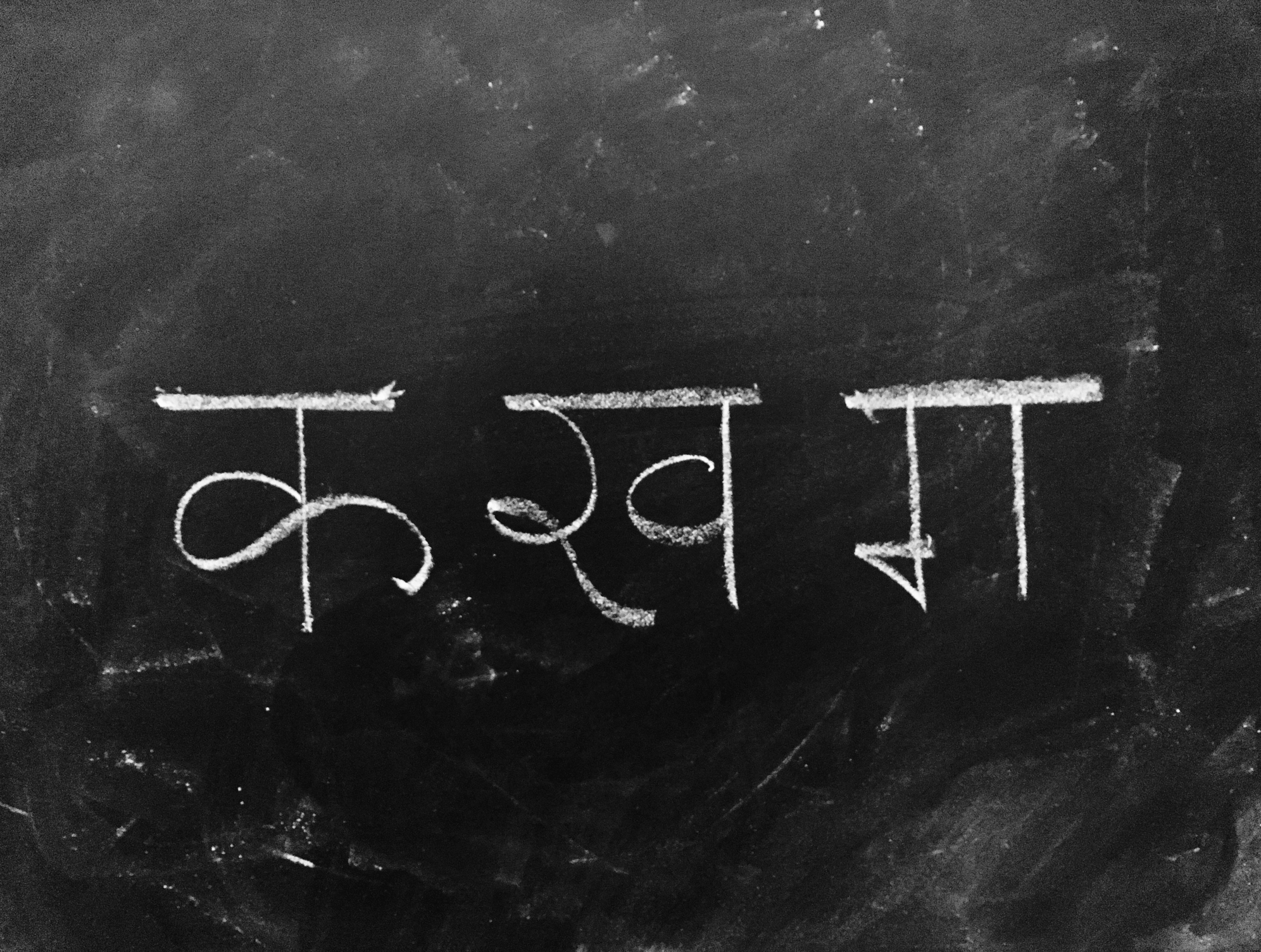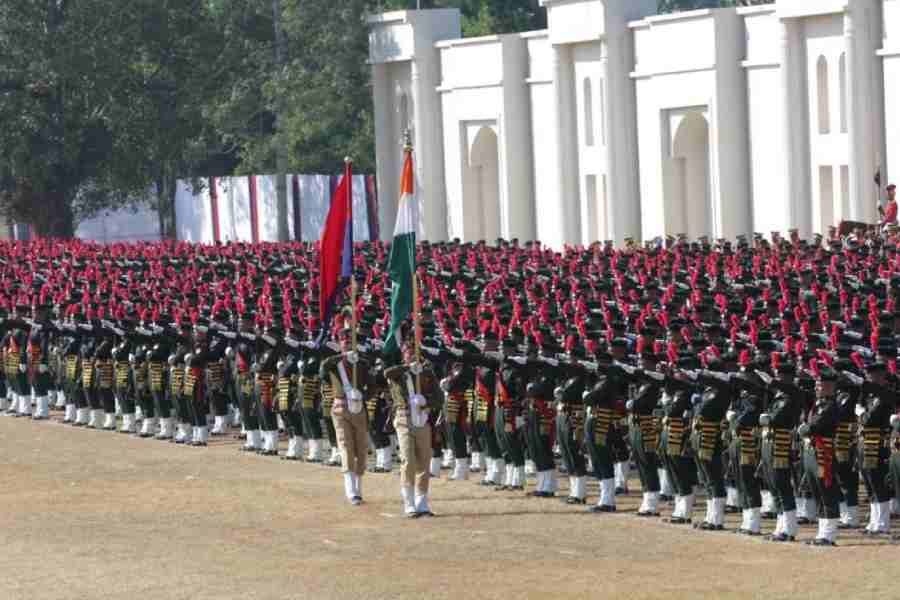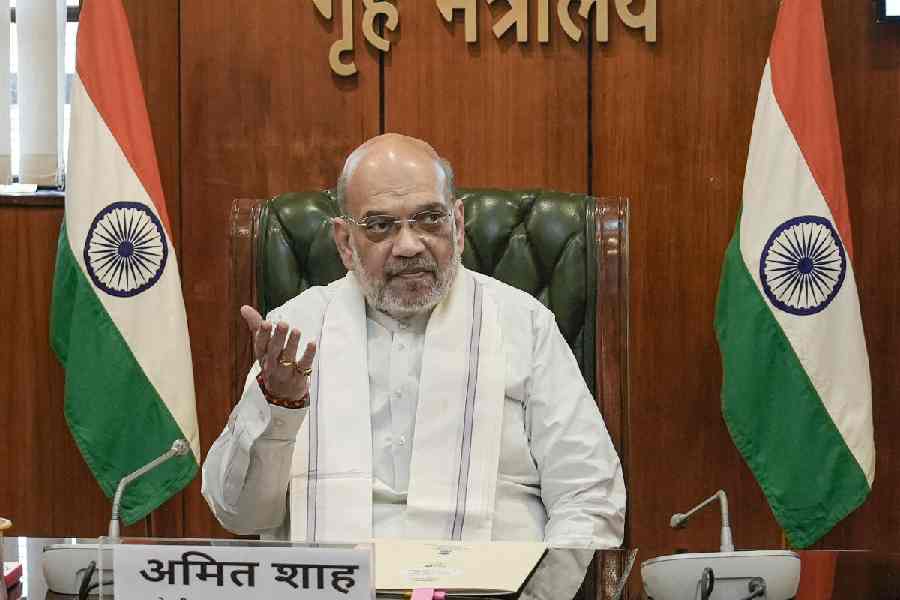Merely a day into assuming power in 2014, the BJP government sent a circular to all ministries, departments and public sector banks that said their social media accounts should give prominence to Hindi.
The BJP and its mother organisation RSS have never hidden the urge to promote Hindi as India's Hindu identity, but once in power it met with resistance from non-Hindi speaking leaders, such as J. Jayalalitha, then the chief minister of Tamil Nadu, and CPM leader Brinda Karat.
The government quickly clarified that the department of official languages had only reiterated 'an existing policy'. It was neither a new policy, nor would there be an attempt to impose Hindi on anyone, the home ministry said. The department of official languages is under the home ministry.
Home minister Amit Shah's push today to make Hindi the language of the country is consistent with the BJP's script. Every year since 2014, ministers and BJP leaders have tried new ways to make the language more prominent in official exchange and also school curricula, with varying degrees of success.
In 2014 again, the UGC sent a circular to universities in Tamil Nadu saying Hindi should be the main language. Jayalalithaa called the circular illegal. DMK chief M. Karunanidhi said this was an attempt to treat non-Hindi speakers as second-class citizens. The UGC back-pedalled.
But the BJP government wasn't quite done. In 2015, the Modi government announced a plan to impart training in Hindi, called Parangat, to all central government employees who had “working knowledge of Hindi”. The purpose, the order by the home ministry said, was to make personnel “proficient to carry out their official work in Hindi”.
In November 2016, the notes of Rs 500 and Rs 2,000 that were introduced after demonetisation had a new feature. For the first time since Independence, the notes carried Devanagari numerals.
A month later, then external affairs minister Sushma Swaraj made a written reply in the Lok Sabha on India’s efforts to make Hindi one of the official languages of the UN. One significant achievement, she wrote, was the “United Nations broadcasting its programmes on the United Nations Radio website in Hindi”. In July 2018, a weekly news bulletin in Hindi started on the UN radio.
The UN of course was aceppting of Hindi, but southern state TN was not in 2017. Milestones on national highways in Tamil Nadu, a state where the DMK had spearheaded an anti-Hindi movement in the 1960s, started sporting HIndi script, instead of English. A furious M.K. Stalin of the DMK threatened a new language movement to stop the BJP-led government’s attempt to bring “Hindi hegemony in through the backdoor”.
Around the same time, President Pranab Mukherjee also gave the nod to a government recommendation that all ministers and the President must deliver speeches in Hindi. The government clarified that there was no imposition of Hindi by the central government and the “recommendation is in pursuance with Constitutional and Statutory provisions regarding the progressive use of Official Language Hindi”.
In June 2018, news website The Print reported that the rural development ministry had prepared quarterly reports of official correspondence that had used Hindi. According to the news report, when it was found that not even 75 per cent of the correspondence was in the language of the government's choice, a letter was sent out to “all joint directors in the ministry to increase correspondence in Hindi”.
After the BJP returned to power in 2019, the HRD ministry in June made a draft National Education Policy which proposed Hindi as a mandatory language under a three-language formula for school education. The three-language formula prescribes the teaching of Hindi, English and any other modern Indian language —from a list of 22 scheduled languages — in Classes VI to X. The draft wanted children “exposed to three or more languages” from pre-school.
Protests started in Tamil Nadu which had in 1968 rejected the three-language formula, and its state board schools are required to teach only Tamil and English.
In a damage-control move, external affairs minister S. Jaishankar tweeted a clarification saying that it was “only a draft report”, submitted to the HRD minister. “GoI respects all languages. No language will be imposed,” he wrote.
Three months later, on Hindi Diwas today, Shah stoked the Hindi fire again, seeking “a common language that becomes the mark of India's identity globally”.











